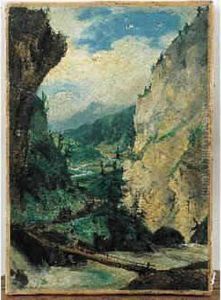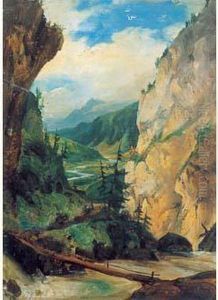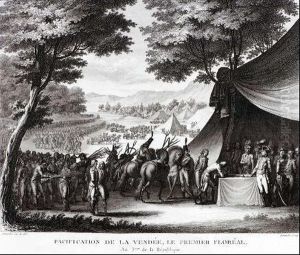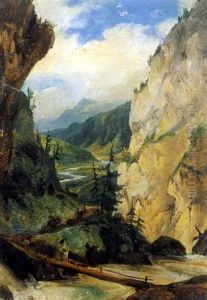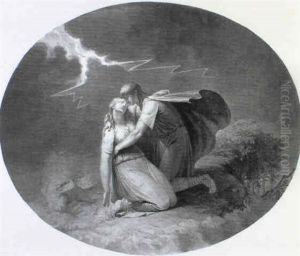Abraham Girardet Paintings
Abraham Girardet was a notable figure in the world of European art, particularly recognized for his contributions as an engraver during the late 18th and early 19th centuries. Born in 1764 into the Girardet family, a lineage distinguished for its artistic talents, Abraham was part of a dynasty of engravers, painters, and artists that left a significant mark on the art world. The Girardet family originated from France but later moved to Switzerland, where they became integral members of the artistic community.
Abraham Girardet's career flourished in an era marked by significant political, social, and cultural shifts in Europe. He developed his craft amidst the backdrop of the Enlightenment and the French Revolution, periods that influenced the thematic and stylistic direction of his works. Girardet specialized in engraving, a technique that involves etching designs onto a hard surface, often metal, to produce prints. This form of art was crucial in the dissemination of images and information during a time when mass media in the modern sense did not exist.
Throughout his career, Girardet engraved works after famous painters, thereby playing a pivotal role in the reproduction and distribution of visual art. His engravings covered a wide range of subjects, including historical scenes, portraits, and landscapes, reflecting the diverse interests and styles of the period. These works were not only artistic achievements but also served as educational tools, bringing the ideas and aesthetics of the Enlightenment to a broader audience.
Girardet's legacy extends beyond his individual contributions to include the impact of the Girardet family in the arts. His relatives, including his brothers and later descendants, continued to work in various artistic capacities, further establishing the family's reputation in the European art scene. Abraham Girardet passed away in 1823, leaving behind a body of work that remains appreciated for its technical skill, historical significance, and beauty. His engravings continue to be studied and admired, offering insight into the artistic and cultural milieu of his time.
